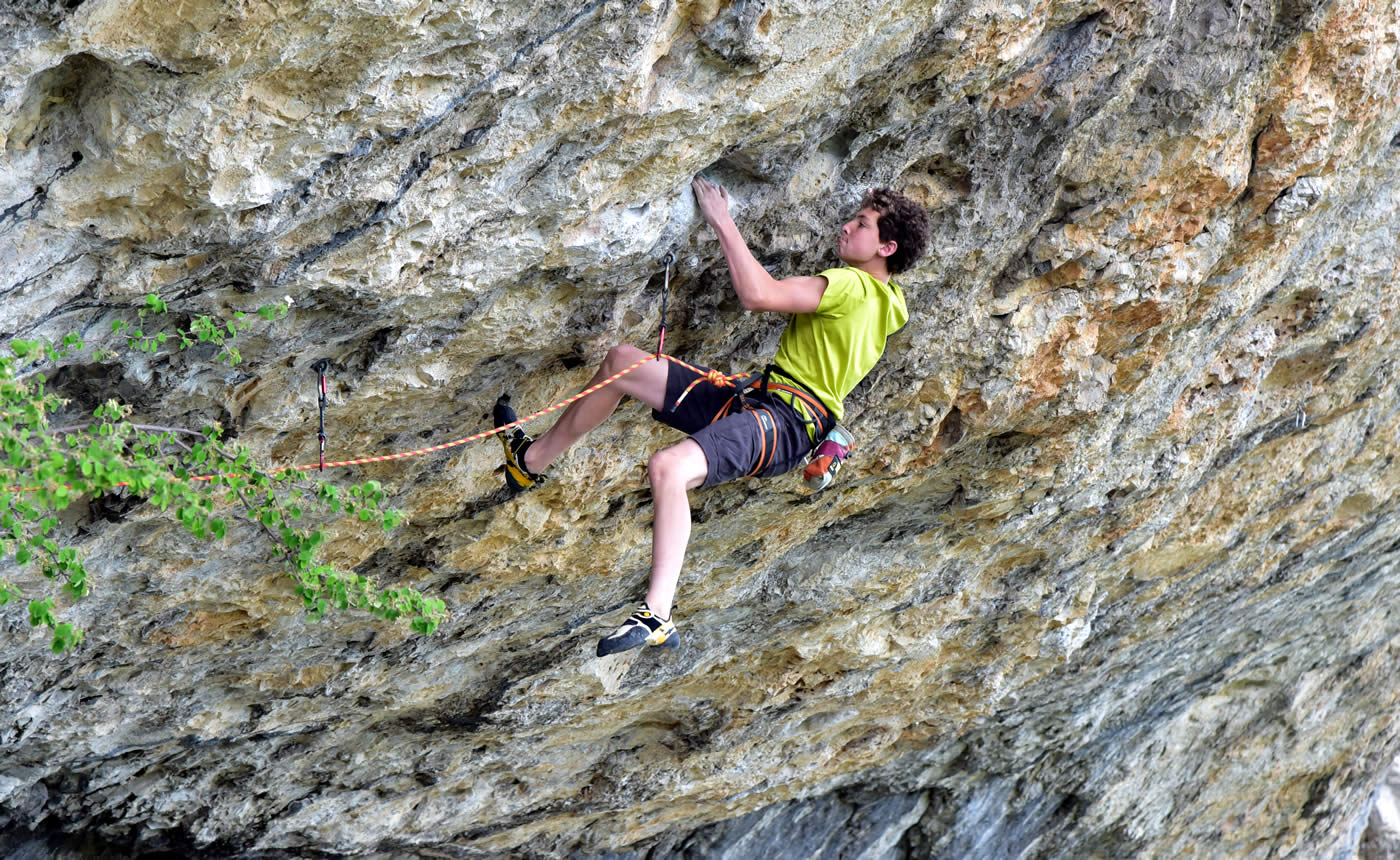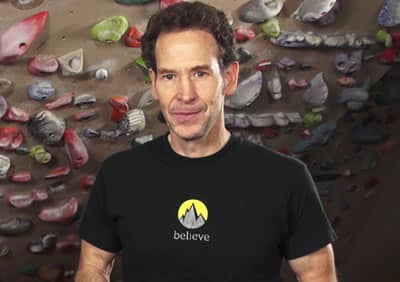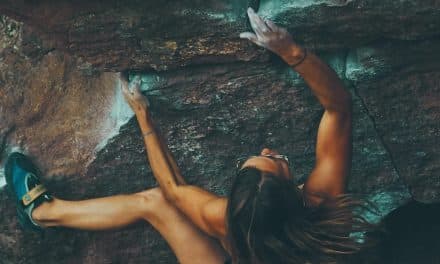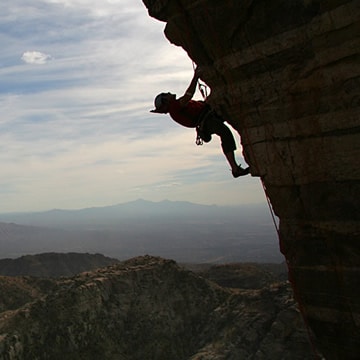Beta might help accelerate the send, but it stunts technical growth as a climber. Learn why onsight practice (and independent projecting) are like steroid power for developing problem-solving and climbing skills that, in the long-term, will advance you into the higher grades.
Projecting is hands-down the best way to tick your hardest sends. The process of dedicating yourself to a project and slowly whittling it down gives your body the chance to learn the climb over time. What once felt miles out of reach starts to come together piece by piece as the climb’s secrets gradually reveal themselves. Only the most committed climbers earn access to those secrets.
But there’s a downside to projecting: you forget how to think on your feet. You eventually get to the point where you’ve pretty much memorized the climb. All that’s left is performing each move the very best you can.
Onsight Skills
When you don’t know the climb as well (or at all), different physical and mental skills come into play. Onsighting is the practice of climbing with no prior knowledge or information about the climb. When onsighting, the climber must decipher and perform the moves in real time. It takes an abundance of trust—in yourself, in your belayer, and in your understanding of the rock—to venture into the unknown. It also requires a solid repertoire of skills at your fingertips, ready to pull out without warning.
Like all other climbing skills, onsighting requires regular practice for improvement. If you’re moving straight from the same warmups to the same projects to the same cooldowns every day, then you miss out on any opportunity to practice thinking and acting in the moment.
Yet, countless climbers fall into this trap. It’s easy to get stuck in the ease of routine or overcommit to the projecting process. While you’re busy pouring every second and ounce of energy you have into one project, your onsight skills wane.
The Benefits of Onsighting
Why does this matter? Onsight climbing is like steroids for skill-building (minus the side-effects). It combines problem solving, strategy, movement, and mental fortitude all at the same time and to the same degree, so that they develop in line with one another. Projecting involves the same components but in much more uneven proportions. Incorporating onsight practice helps rebalance the scales. And because strong climbing depends on all of these factors, reaching a state of balance increases your overall potential on any kind of climb.
Bridge the Gap
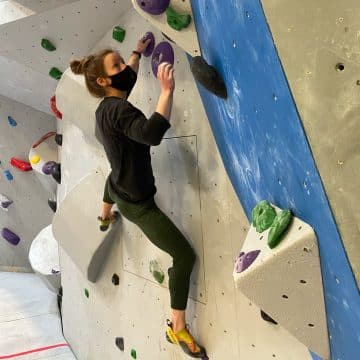
Dedicate one session a week to onsight practice by tackling the new sets.
Check in with yourself: What grades are you projecting versus onsighting? If there’s more than a number’s difference between the two (i.e. 12a to 13a), it’s likely that your climbing could benefit from more onsighting practice. The larger the gap, the weaker your onsight ability.
There are a few ways to go about this without sacrificing too much precious projecting time. If you’re in a performance phase, warmup and cooldown climbs make perfect opportunities to go for an onsight. Instead of initiating your session with the same climbs every time, wake your body and brain up right away with brand new climbs. Keep the grade manageable so that you can still dedicate the bulk of your energy to the project.
During training cycles, consider allocating an entire session to onsighting. Hit up the newest sets in the gym or explore the nearly unlimited selection of problems on a digital board. Make sure to still warm up through the grades as normal. The only difference is that every climb on the docket that day should be unfamiliar to you.
Stick to Your Guns
Finally, when you’re going for the onsight, resist the urge to demote it to a flash by asking for beta. Even the first few goes on a new potential project deserve a personal analysis before reaching out for advice. And if you’re on the ground, hold back on spraying beta—especially unsolicited. Step-by-step instructions turn a climber into little more than a puppet on a string. Don’t dodge the effort of deciphering a climb’s complexities on your own. You might send faster, but without much actual growth to show for it.
Related Articles:
- The “10-4 Rule” for Projecting Sport Climbs (and Steady Improvement!)
- Back to Basics: Climbing Training That Works
- Projecting 101 – 6 Tips to Sending Your Project!
- 10 Powerful Tips to Climb Harder Boulders and Routes (and Punt Less Often!)
- Training for Your Project
Copyright © 2022 Lucie Hanes & Hörst Training LLC | All Rights Reserved.

